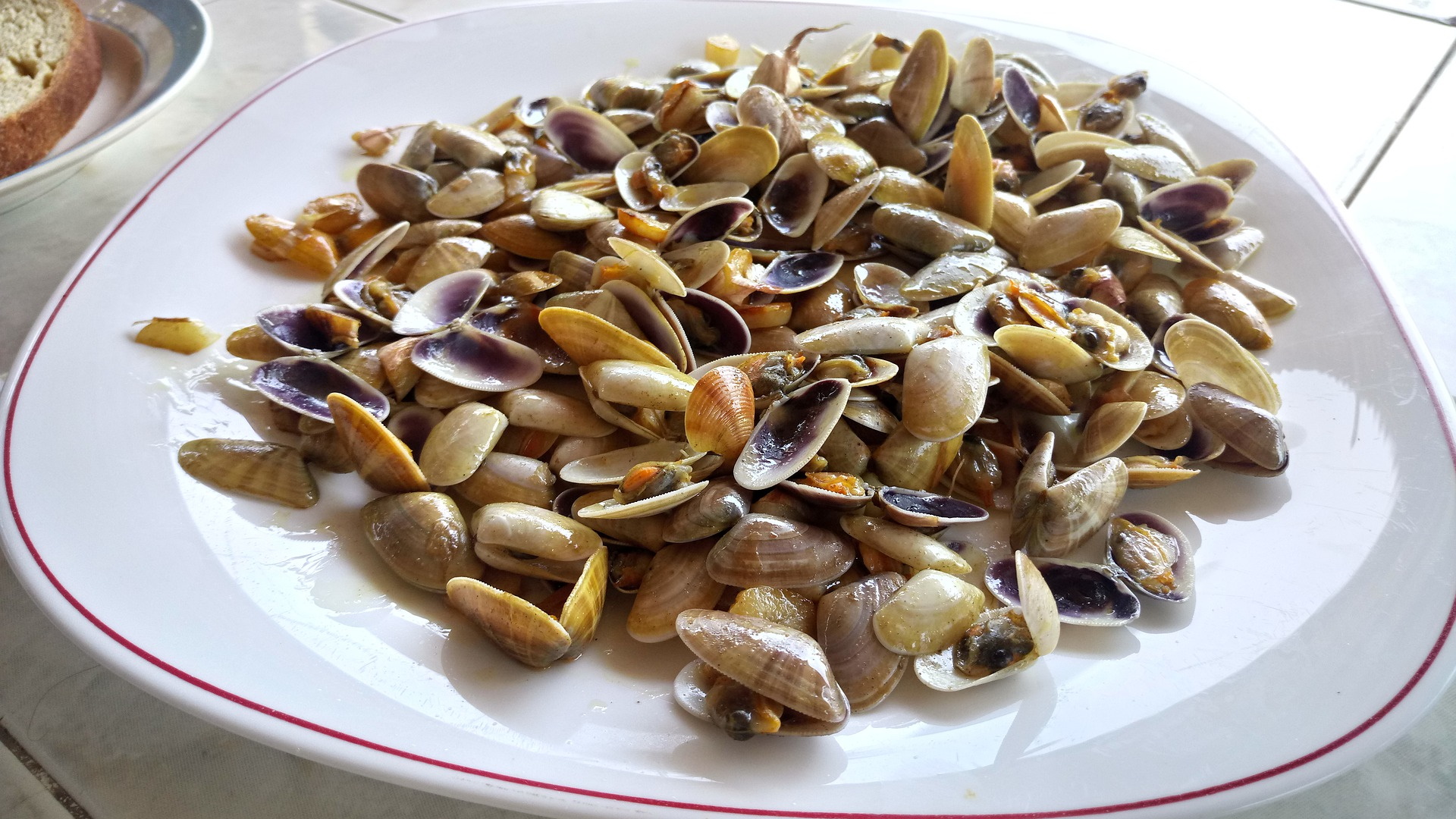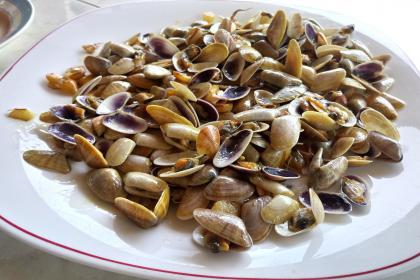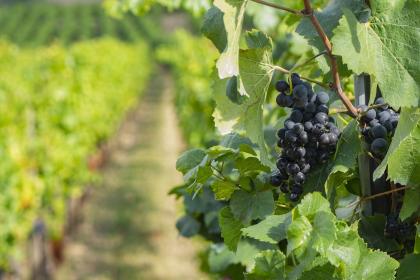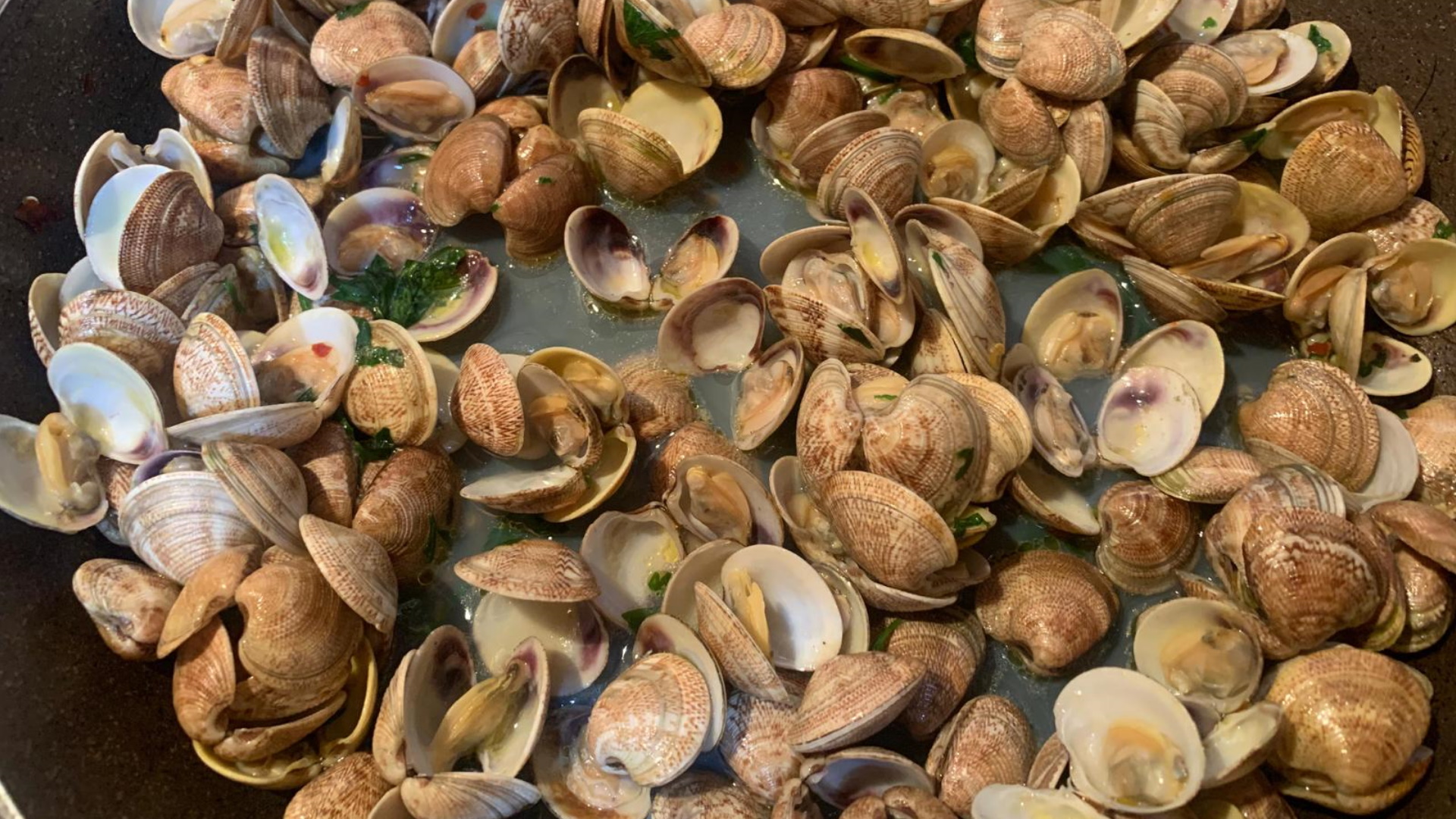Spaghetti with tellinas
One of the most delicious recipes of traditional Roman cuisine
Sweeter and more delicate than other molluscs, the Tellina of the Roman Littoral (Donax Trunculus) is a small bivalve mollusc of triangular shape.
Much sought after and appreciated since the times of ancient Rome, its presence in literature dates back to the first century in the famous De Re Coquinaria, the collection of recipes of Roman cuisine by Marcus Gavius Apicius, gastronome, cook, and writer.
The Tellina lived a moment of particular splendor in the 50s, at the time of the Dolce Vita. Actors and directors from Cinecittà were pouring on the Roman beaches to taste it in the moments of pause between one take and the other. Among these was Federico Fellini, a great gourmet lover of this delicious seafood.
The Tellina maintains a fishing tradition that has been preserved to this day in the fishing community of the Roman coast, a stretch of beach with a peculiar quality and grain size of sand allowing ideal fishing conditions. It extends from Passoscuro to Capo d'Anzio, and includes the towns of Maccarese, Fregene, Fiumicino and Santa Marinella to the north and Ostia, Castel Fusano, Capocotta, Villaggio Tognazzi, Torvaianica, Lido dei Pini up to Anzio to the south.
The fishing of the Tellina is tiring and solitary. The professional one takes place with rakes mounted on small coastal fishing boats that go out to sea from dawn until noon, exclusively on days of a calm sea. The amateur one is carried out with rakes pulled manually in compliance with the maximum quantities required by law.
To enhance, promote, and defend this vulnerable mollusc, the Slow Food presidium created in collaboration with some "tellinari," or "tuninolari" - from "tuniola," dialectal name of tellin - preserves this ancient and sustainable fishing methodology and protects the stretch of coast affected by fishing and its high-quality waters.
To consciously taste this succulent and highly sought after mollusc, here are two essential indications:
- no Tellinss below the minimum size of 2 cm can be caught or placed on the market;
- in April, the replanting period, the biological cessation is in force, and its fishing is prohibited.
We present a recipe among the tastiest of traditional Roman cuisine that enhances the flavour and requires a few easy-to-find ingredients: spaghetti with Tellinas.
Ingredients (doses for four people):
- 400 grams of spaghetti
- 500 grams of Slow Food Presidium tellins
- one bunch of parsley
- one clove of garlic
- chilli
- salt to taste
- extra virgin olive oil as needed
- ½ glass of white wine
Preparation
If you have not bought the Tellinas already desanded, put them to drain in salt water (1 tablespoon of salt in 1 liter of water) overnight.
Prepare a sauté with garlic, chili, and olive oil in a large frying pan.
As soon as the garlic is slightly golden, rinse the Tellinas and put them in the pan.
Raise the heat, cover, and let them open, stirring occasionally.
Add 1/2 glass of white wine and let it evaporate without a lid.
Remove the pan from the heat, sprinkle with parsley and add the spaghetti you have cooked in plenty of salted water, leaving them al dente.
Serve on the table, accompanied by a glass of icy white wine.
Serve to the table, accompanied by a glass of icy white wine.
Sauté of Cannolicchi or Lupini
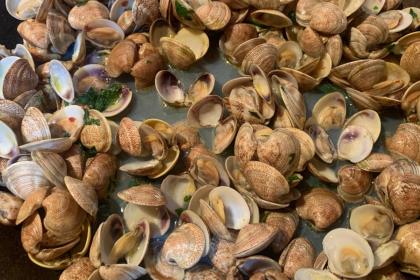
The sea of Rome

The marine soul of Rome
Borghetto dei Pescatori - The Fishermen Village
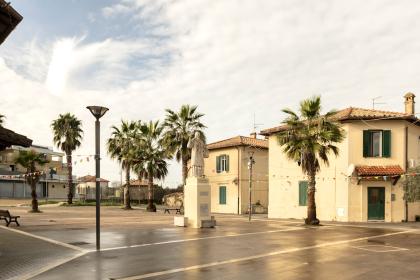
 Condividi
Condividi
Flavours and ancient traditions in a place where time seems to have stopped
